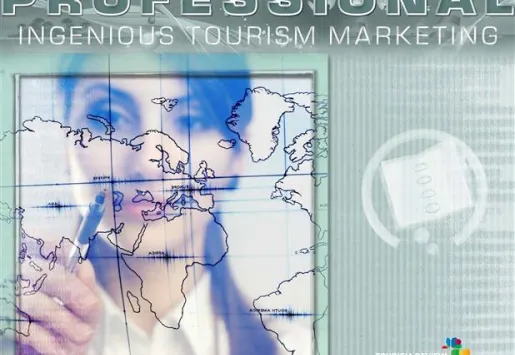
Direct-response advertising is the option of choice for many American companies in the tourism industry, mainly because it has offered them such success when it comes to the key areas of business like online booking, and it seems that this preference is set to continue in 2014 and beyond with the vast majority of these online travel agencies putting a substantial amount of their online advertising budget into the venture. Spending on these advertisements is predicted to show 21.3% growth and expenditure reaching $4.15 billion in 2014 and 74% of these digital ad dollars is predicted to go towards direct-response, compared to just 26% that will be spent on branding. Furthermore, these spending figures are expected to rise steadily over the coming years, with a total budget of $6.40 billion by 2018.
Why is such a high percentage of this digital budget being placed on direct response advertising and how much attention is being given to mobile advertising?
While percentages are soaring for spending on direct-response, the estimate that 35.5% of the US travel sector's $4.15 billion expenditure will go towards mobile technology may seem a little low in comparison. This is mainly because mobile options are so relatively new and are still being developed but it does not mean that marketers are not planning to experiment with the potential of search functions, videos and apps. The reason why so much of this budget is going into direct-response advertising essentially comes down to the old adage of if it ain't broke don't fix it; the direct-response model has proven to be a reliable choice for a number of years, it is so well established that there is no need to adjust it and companies have confidence in it and it works well enough that these keen, comitted American tourism businesses understandably want to get the most out of them for as long as possible.















